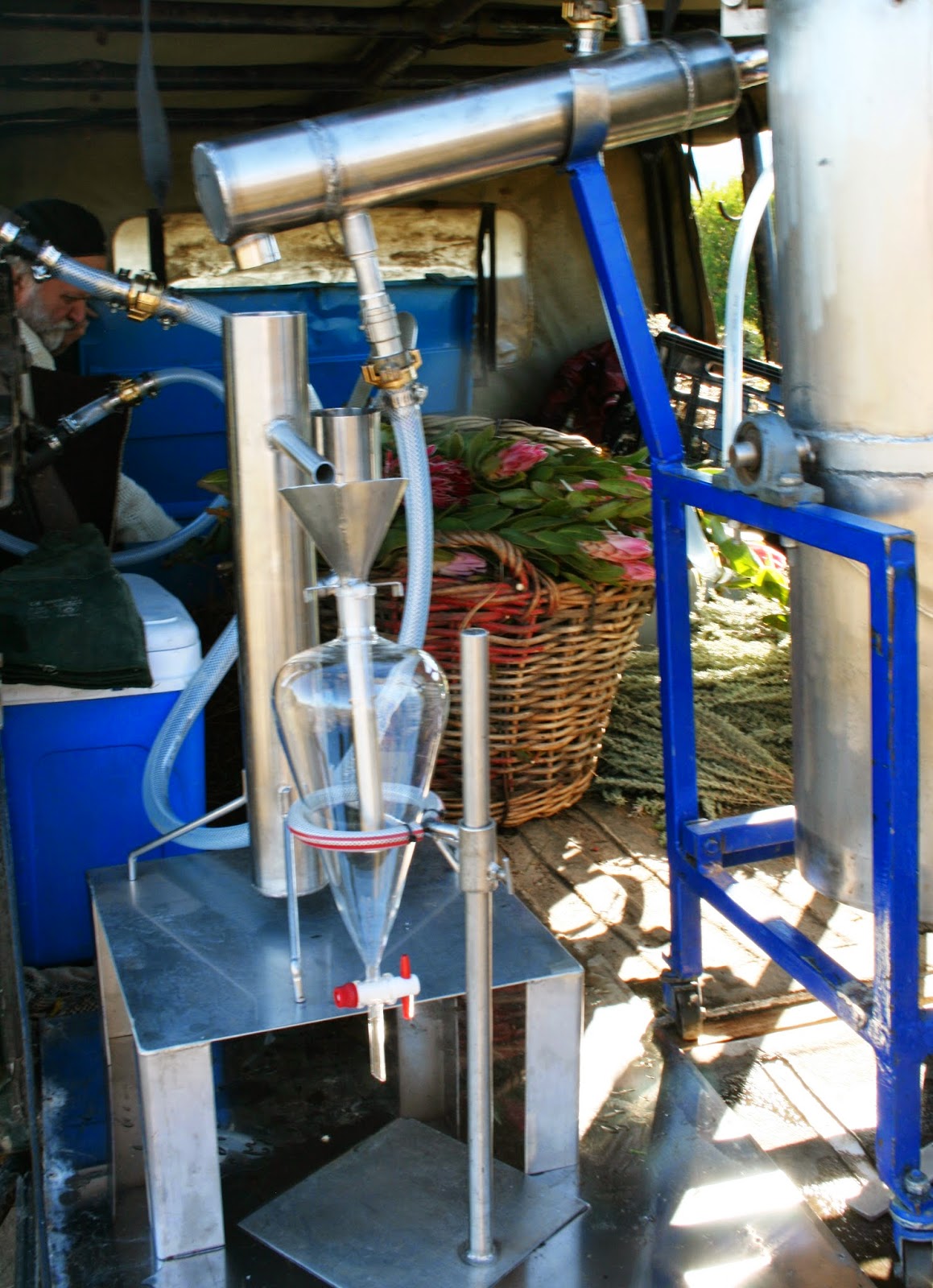There is a beautiful African folklore story about how the
Baobab tree came to be African and also known as ‘the upside-down tree’.
According to the story told by indigenous people, God
planted Baobab in the wetlands and the tree complained it was too moist. God
then planted Baobab high up in the mountains in the snow and again he
complained it was too cold. Then God decided to plant Baobab in the deserts of
Africa but again the tree complained that the conditions were too harsh and the
sun too hot. God then plucked the tree out of the soil and threw it across Africa
to grow upside down as it still does today.
Wrong way up or right way down we really don’t mind. What we
do care about is that the super fruit of this tree holds the secret to
nourishing your skin during the cold, harsh winter months.
Baobab oil has naturally-occurring omega 3, 6 and 9 fatty
acids which improves the elasticity while restoring damaged skin. It’s rich in
vitamins A, D, E and F and combats early signs of aging. It absorbs easily and does
not clog up pores and leaves the skin smooth and touchable. It is particularly
good for dry, damaged skin and can be beneficial for eczema and psoriasis with
relief from minor burns.
Try our Baobab and Rooibos Body Butter from the Biologie range or for baby the very popular Monkey Breadfruit Butter from our rainbaby range.
Woman from the Venda area collects the fruit and
sells them to us to use in our products that in turn creates work, life and
hope for this community.
Have a look at our YouTube video narrated by our founder Bev
Missing on her visit with Dr Sarah Venter and the majestic Baobab trees.
This month our African rain range with Baobab actives are on promotion. Due to
the blue tones and nautical theme of the range it makes it the perfect gift for
the man in your life and will be a thoughtful gift for a Father.
Shop online with us for your winter essentials here






























































